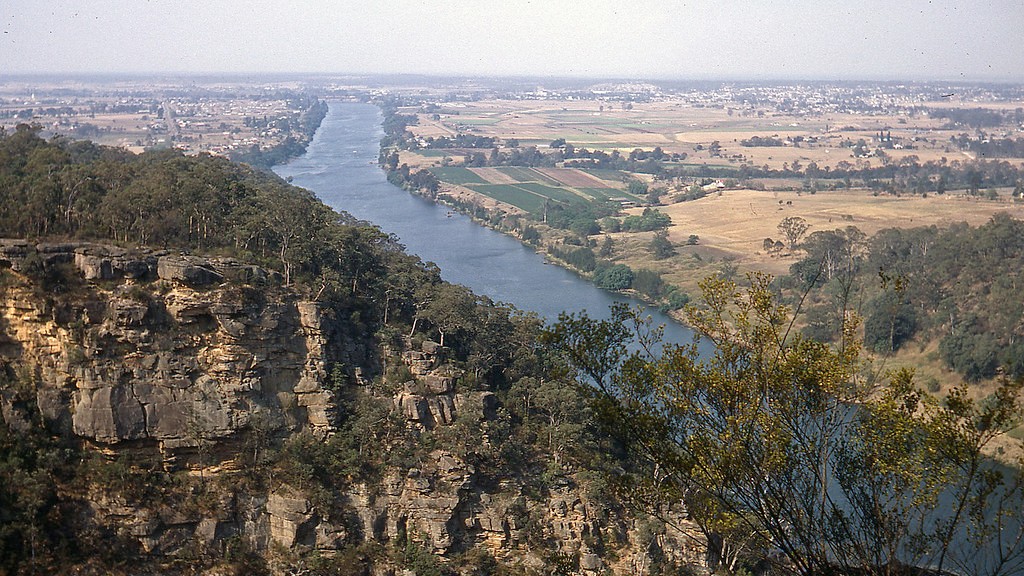What is Pollution in The Mississippi River?
The Mississippi River is the second longest river in the United States, crossing 10 states and providing fresh water to nearly 18 million people. It’s a major source of recreation, transportation and commerce, providing recreation, fishing, aquaculture, and drinking water services to many downstream towns, cities and rural areas. Unfortunately, the river has had a long history of pollution, with contaminants ranging from chemicals and metals to hazardous wastes. This article looks in more detail at the types of pollution present in the Mississippi River, their sources, and the potential health and environmental implications.
Types of Pollution
The Mississippi River has been exposed to many different types of pollution from industrial and agricultural sources over the centuries, including:
- Non-point source pollution from agricultural runoff, including nitrogen and phosphorus from fertilizer, chemical insecticides, fungicides, and herbicides
- Pollution from point sources such as industrial factories, wastewater treatment plants, and stormwater runoff
- Heavy metals, such as mercury, lead, and arsenic
- Oil spills
- Persistent organic pollutants (POPs) and other synthetic chemicals
These pollutants are introduced into the Mississippi River from upstream watersheds, they accumulate in sediment and low-oxygen areas, and can be washed downstream during heavy rain and flooding events.
Sources of Pollution
Pollution can come from a variety of sources. Industrially, sources of pollution include industrial plants and factories, as well as wastewater treatment plants and septic tanks. These can all be major sources of non-point source pollution, including heavy metals, oil spills, and POPs. Sources of agricultural pollution include fertilizer runoff, chemical insecticides, fungicides, and herbicides.
Mining activities can also contribute to heavy metal pollution in the Mississippi River. Leaching of trace minerals, such as lead and arsenic, from abandoned and active mine sites upstream can pollute the river. Livestock also have a major environmental impact. Animals raised in confined animal feeding operations (CAFOs) produce large amounts of animal waste that can enter the Mississippi River watershed and lead to eutrophication, or excessive nutrient enrichment.
Implications of Pollution in the Mississippi River
Pollution of the Mississippi River has a number of potential health and environmental implications. The accumulation of pollutants in the river can be toxic for both humans and wildlife that rely on the river for their habitat. Nutrient enrichment from runoff can lead to eutrophication, which can cause algal blooms and the death of aquatic life. Heavy metals can damage the brains and nervous system of animals and humans that consume water from the river. In addition, oil spills can cause significant damage to the biodiversity of the river.
The Mississippi River is also an important source of drinking water for millions of people, and pollution of the river can lead to health hazards to those living downstream. People that use water from the river for drinking, bathing, and recreational activities can be at risk of coming in contact with pollutants.
Policy Solutions to Reduce Pollution in the Mississippi River
There are a number of policy solutions that can help to reduce pollution in the Mississippi River. The US Environmental Protection Agency has implemented the Clean Water Act, which is designed to protect the quality of America’s waters by reducing the amount of pollutants that are discharged into the Mississippi River. States can also create their own regulations about pollution and pollution sources, such as effluent limits, discharge permits, and public education initiatives.
In addition, the US Department of Agriculture has created the Conservation Reserve Program (CRP) to encourage farmers to reduce the amount of fertilizer and other chemical pollutants that are released into the environment. Finally, individuals can take their own steps to reduce pollution, such as using organic fertilizers and practicing conservation efforts such as reducing water usage.
Research in Pollution of the Mississippi River
There has been a significant amount of research conducted to understand the causes and potential implications of pollution in the Mississippi River. A recent study conducted by a group at the University of Wisconsin-Madison analyzed the effects of pollutants on the bacterial communities in the Mississippi River. The results of the study found that while pollutants had significant impacts on the bacterial communities, they were not as large as the effects of other environmental factors such as flooding and drought.
In addition, there has been a large body of research in the area of water filtration and water treatment to help reduce levels of pollutants in the Mississippi River. Water filtration technologies, such as reverse osmosis and ultrafiltration, can be used to help remove pollutants from water before it is released into the river. Moreover, water treatment plants use a variety of processes to remove pollutants, such as chemical treatments, ultraviolet disinfection, and activated carbon.
Conclusion
Pollution of the Mississippi River can have serious implications for human health and the environment. The river has been exposed to a variety of pollutants from industrial and agricultural sources over the centuries, including non-point source pollution, oil spills, and heavy metals. There are a variety of policy solutions that can help to reduce pollution in the river, as well as research into water filtration and water treatment technologies. By taking steps to reduce pollution in the Mississippi River, we can ensure that this valuable resource is available for generations to come.



